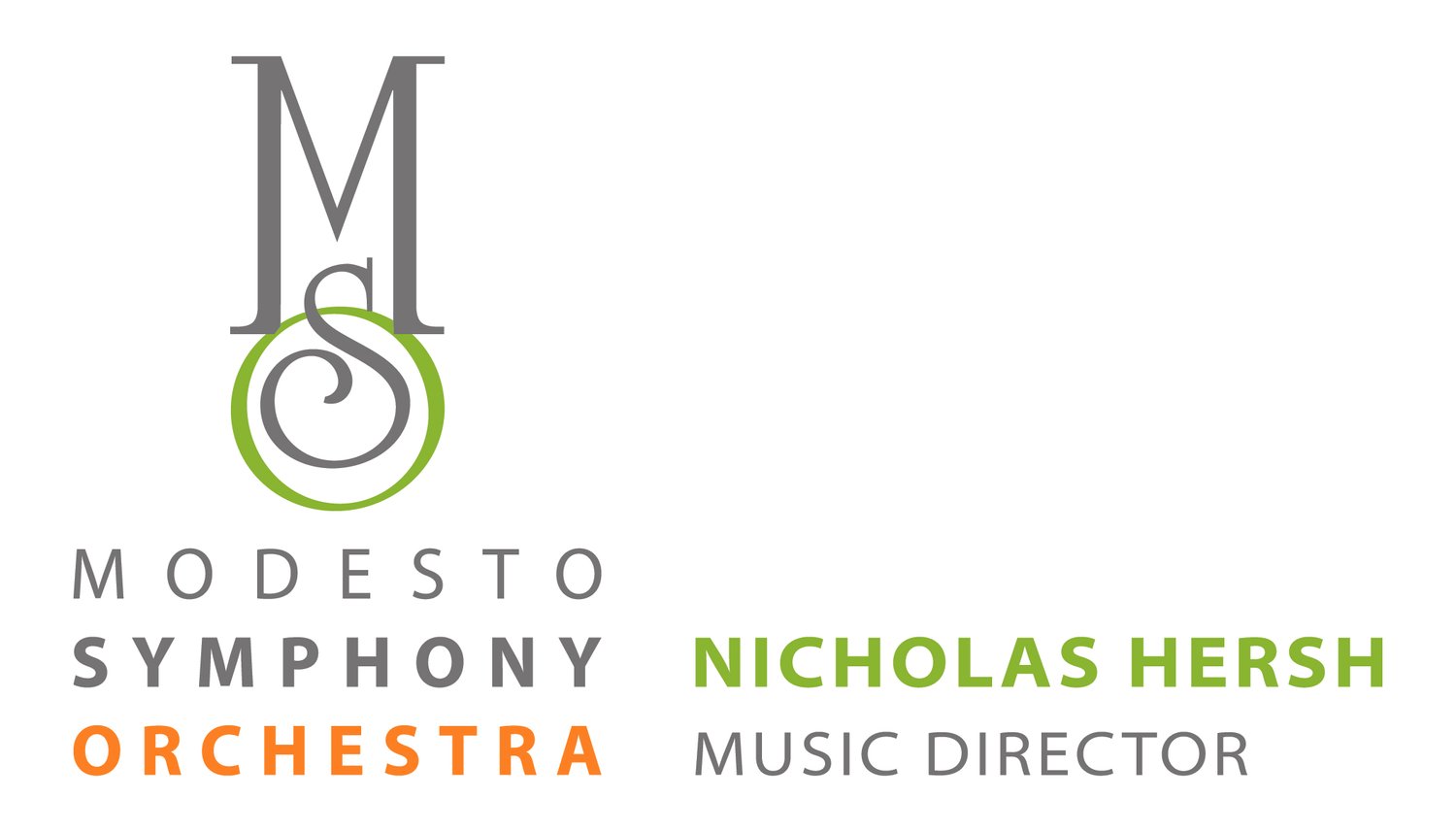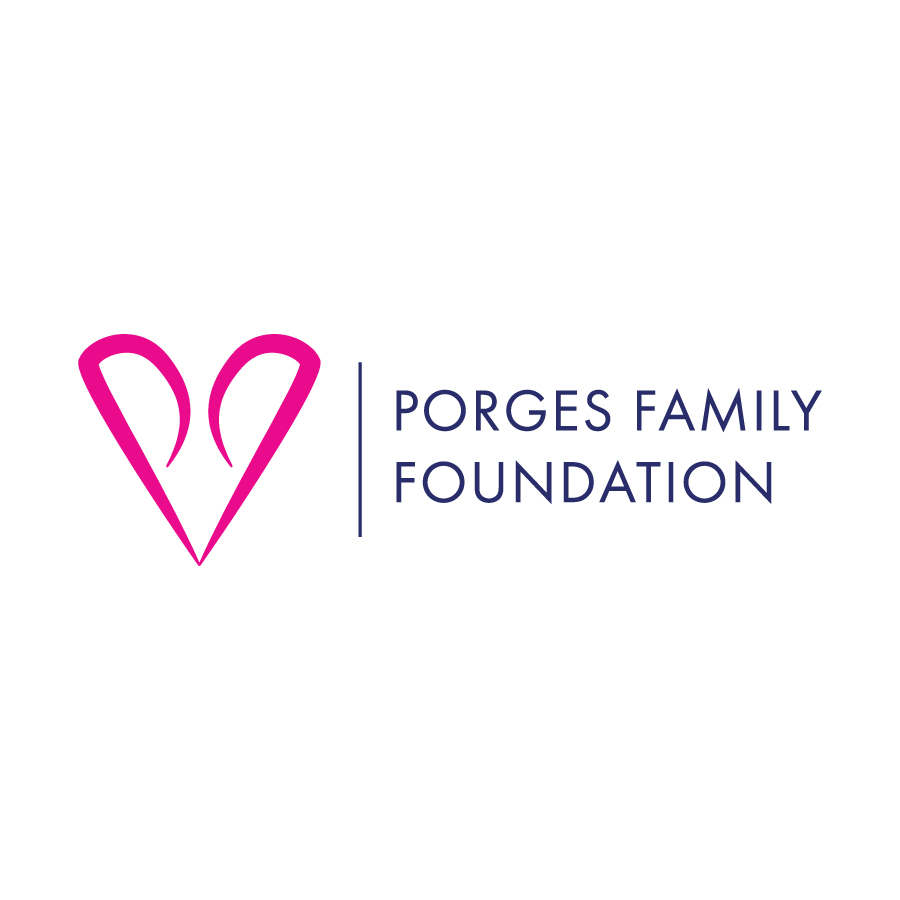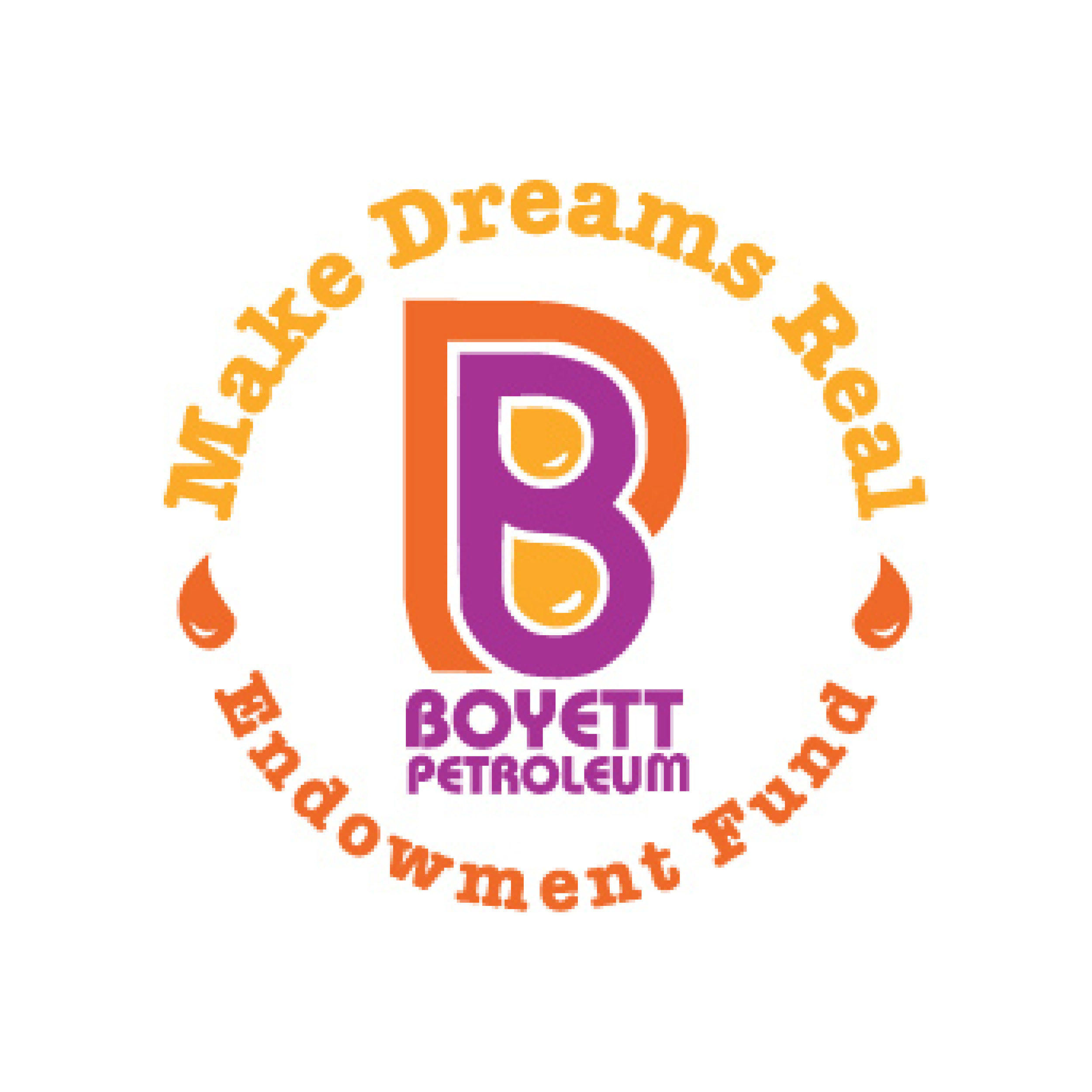Sibelius & Tchaikovsky Program Notes
From The Damnation of Faust, Hungarian March
Hector Berlioz, 1803-1869
Hector Berlioz was a gifted and innovative orchestrator. He freed the brass from its role as mere accompaniment, making it the equal of the other orchestral sections. He experimented with new instruments, such as the bass clarinet and the valve trumpet. And he virtually put the English horn on the map as the quintessential solo instrument for conveying musical melancholy. He was equally innovative in musical form and in stretching the limits of classical tonal harmony.
One of the foremost advocates of the idea of program music, he developed it as a natural outcome of his belief that music and literature were inextricably connected as expressions of the human imagination and affect. Every one of his compositions is programmatic, either as the setting of a text, or musical depiction of a story or literary concept.
Berlioz’s approach to Goethe’s Faust was liberal indeed, and the Germans fumed at the liberties he took with their beloved masterpiece. Maintaining that the legend on which the play is based was ancient and therefore in “public domain,” he did not hesitate to rearrange scenes as he saw fit and even add scenes that Goethe never dreamt of. In fact, none of the three most popular orchestral excerpts ever appeared in that form in the play
Berlioz inserted the Hungarian March, also known as Rakoczy March, at the end of Part I of The Damnation of Faust – where he portrays Faust inspecting the troops on parade on the Hungarian plains – because he liked the melody. He actually had composed the movement in 1846 for a conducting gig in Budapest, where he was asked to compose a piece on a Hungarian national tune. Choosing the Rakoczy theme, which was used as a national air by the independence movement and was long forbidden in Hungary, he scored a smashing success.
The melody is named in honor of the aristocratic Rakoczy family, rulers of Transylvania between the sixteenth and eighteenth centuries, who fought for independence against Austria. It was composed in 1809 by John Bihari and is possibly based on an older tune. Liszt also used the tune in the Hungarian Rhapsody No.15.
Violin Concerto in D minor, Op. 47
Jean Sibelius, 1865-1957
Sibelius’s first success as a composer came in 1892 with a nationalistic symphonic poem/cantata titled Kullervo, Op. 7. The work met with great praise but was never again performed in his lifetime. During the next six years he composed music for numerous nationalistic pageants, symphonic poems and vocal works, mostly based on the Finnish national epic, the Kalevala. In appreciation and in order to enable him to compose undisturbed, the Finnish governing council gave Sibelius a pension for life in 1897. For the next 28 years he composed the symphonies and other orchestral works that made him famous. In 1926, at the age of 60, he suddenly ceased composing for reasons never disclosed – although probably from the combined ravages of alcoholism and bipolar disorder. His pen remained silent until his death, 31 years later.
Sibelius wrote the Violin Concerto as a testimony to his failed ambition to become a violinist, pouring into it every known technical difficulty and then some. Composed on a commission in 1903, its Helsinki premiere received mixed reviews and Sibelius withdrew it for revision. Violinist Karl Halir, under the baton of Richard Strauss, premiered the thoroughly revised version in 1905 in Berlin. Sibelius forbade the performance of the first version, which was eventually released by the composer’s family in 1989, when it was finally recorded.
The First movement is by far the weightiest. It explores Sibelius's particular take on sonata form with the themes evolving from one another without a true development section. The soloist opens the Concerto with a stunning theme, which is continually broken up into its motivic elements – particularly the opening three notes – and transformed throughout the movement. The orchestra introduces a second theme, which Sibelius subsequently uses as a refrain. Rather than constructing the movement as a continual dialogue between soloist and orchestra in the standard concerto style, Sibelius intersperses the movement with several cadenza-like passages, beginning with the opening. The principal cadenza at the end of the movement is based mainly on the opening theme and requires spectacular technical virtuosity.
The second movement has always been considered the weakest and has been occasionally called sentimental, self-indulgent salon music. It is unusual in the amount of music given to the violin in its lowest register and – as much as Sibelius himself would have cringed to hear it – resembles closely the expansive emotive utterings of Tchaikovsky.
Predictably, the final movement is technically thrilling and exceptionally challenging. It focuses on two themes, the first introduced by the soloist accompanied only by an insistent pounding ostinato in the timpani and the basses. Its second theme has a lumbering rhythm, once described as “A Polonaise for polar bears.” Towards the end the violin repeats the first theme in eerie harmonics.
Symphony No. 2 in C minor, Op. 17; “Little Russian”
Pyotr Ilyich Tchaikovsky, 1840-1893
Throughout his creative career, Tchaikovsky’s levels of inspiration went through extreme cycles, tied to his frequent bouts of deep depression and self-doubt. His ambivalent feelings about his homosexuality and the clandestine relationships it engendered clashed with his religious and moral beliefs, exacerbating his mood swings. It was in his symphonies that he most overtly expressed his emotions.
Tchaikovsky composed the Symphony No. 2 in 1872 at a time when his social standing among Moscow’s literati was flourishing and his optimism was at its peak. A friend recalled him as a prankster, lavishly greeting total strangers on the street, improvising irreverent verses in a monastery, or dancing and singing the mazurka from Glinka’s A Life for the Tsar in a railway carriage, to the shock of some lady passengers.
Tchaikovsky was an ardent nationalist, whose great melodic gift enabled him to develop his own ethnic-sounding themes. Despite the many clearly Russian elements in much of his music, he only occasionally used borrowed melodies. Although he did not openly espouse the nationalist movement in music, headed by Modest Mussorgsky, Alexander Borodin, Mily Balakirev and Nikolay Rimsky-Korsakov, his symphonies are replete with themes recalling the prevailing folk idioms of the sprawling empire.
The Symphony incorporates three authentic folksongs originating in what the Russians called Little Russia but called by the local inhabitants (and everyone else) Ukraine. Tchaikovsky spent the summer of 1872 at his sister’s estate near Kiev where he heard the local songs in the streets of the small town. The title “Little Russian” was not coined by the composer but by a friend, although Tchaikovsky approved of it. The Symphony premiered in January 1873 to tremendous success. As with many of his works, Tchaikovsky revised it extensively some years later, premiering the new version in 1881.
The first movement opens and closes with a melancholy French horn solo derived from the song, “Down by the Mother Volga.” The main theme of the movement is the composer’s own, but retains the modes and spirit of Russian folk music. The second movement is a slow march that Tchaikovsky took from his discarded 1869 opera Undine, which had been rejected by the Imperial Opera Company of St. Petersburg and the composer eventually consigned to the flames. The central part of the movement is another folk tune, “Spin, O My Spinner.” The Scherzo is highly chromatic with tremendous rhythmic drive, contrasting with a charming Trio for the woodwinds.
In the fourth movement Tchaikovsky displays his true nationalistic spirit with an exuberant orchestral display, based on the Ukrainian folk song, “The Crane.” This was the movement that the composer liked best and garnered accolades from his colleagues of the Russian nationalist movement.
Program notes by:
Joseph & Elizabeth Kahn, Wordpros@mindspring.com
www.wordprosmusic.com
TICKETS
Saturday, April 13, 2019
8:00 PM
Bring a group & SAVE!
Groups of 10+ save 15%! Call 209.338.2100 for more details.














